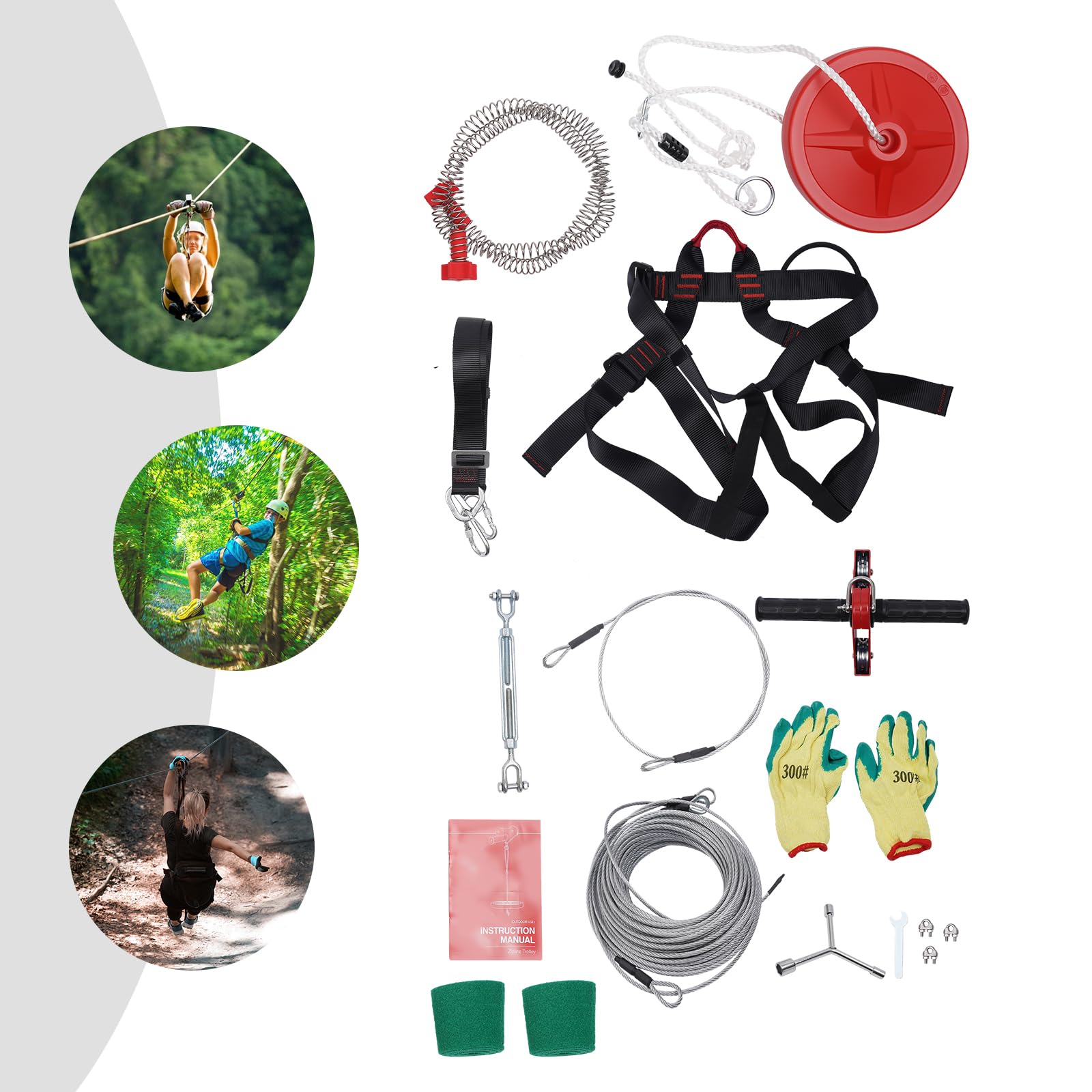In today’s fast-paced digital landscape, your ecommerce business needs more than just a great product. A well-crafted online presence through strategic Ecommerce SEO & Website Design can make the difference between thriving sales and digital obscurity. As more consumers rely on online platforms for shopping, ecommerce brands must prioritize search visibility and intuitive web experiences. At Magic Designs, we understand how to blend design and optimization to grow your digital footprint and customer base.
Let’s explore 10 expert tactics to elevate your Ecommerce SEO & Website Design and turn your website into a high-performing sales machine.
1. Optimize Site Architecture for Search and Users
The foundation of successful Ecommerce SEO & Website Design begins with clear, intuitive site architecture. Search engines and users both need easy navigation. A flat structure that links key category and product pages from your homepage reduces crawl depth and improves accessibility. Use descriptive URLs and organized breadcrumb navigation to ensure both users and crawlers can explore your site with ease.
2. Use Responsive and Mobile-First Design
With mobile commerce continuing to rise, a responsive website isn’t optional—it’s critical. A mobile-first approach ensures that your ecommerce store looks and functions seamlessly on smartphones and tablets. Google also uses mobile-friendliness as a ranking factor, so this tactic is essential to improve both user experience and SEO.
At Magic Designs, we build websites that prioritize mobile UX while maintaining fast load times and intuitive functionality. This dual focus supports your Ecommerce SEO & Website Design goals holistically.
3. Conduct In-Depth Keyword Research for Every Page
Effective Ecommerce SEO & Website Design starts with knowing what your audience is searching for. Use keyword tools to research terms related to your products, categories, and niche. Don’t stop at general terms—long-tail keywords often convert better and face less competition. Each page should be optimized around a primary keyword and several supporting keywords to maximize organic reach.
4. Enhance Product Pages with Rich Content
Too often, ecommerce stores copy manufacturer descriptions or leave product pages thin. To stand out, invest in unique, keyword-optimized content for each product. This includes clear product titles, compelling descriptions, feature highlights, benefits, and usage instructions. Including reviews, FAQs, and multimedia like videos or 360° images enhances both SEO and user experience.
Unique content not only helps rank pages higher but also builds customer trust—an important pillar of Ecommerce SEO & Website Design.
5. Improve Site Speed for Better Rankings and Conversions
Page speed is both a ranking factor and a user experience metric. Slow websites frustrate visitors and increase bounce rates. Use performance tools to identify bottlenecks like unoptimized images, excessive JavaScript, and server issues. Compress images, enable browser caching, and consider a content delivery network (CDN) for global performance boosts.
A fast, seamless experience is essential to strong Ecommerce SEO & Website Design.
6. Implement Structured Data Markup
Structured data (schema markup) helps search engines understand your content better and present it in rich snippets. For ecommerce stores, this means displaying star ratings, product prices, availability, and reviews directly in search results. This added visibility increases click-through rates and enhances the appearance of your listings.
By incorporating schema, Magic Designs boosts your Ecommerce SEO & Website Design performance by turning plain listings into eye-catching previews.
7. Design for Conversion With Clear CTAs and Trust Signals
SEO brings traffic, but design converts it. Your ecommerce site must lead visitors through a smooth journey from discovery to checkout. Use clear calls to action (CTAs), such as “Add to Cart” or “Buy Now,” and reduce friction in the checkout process. Display trust signals like SSL certificates, secure payment icons, customer reviews, and satisfaction guarantees prominently.
Every element should serve a purpose—converting browsers into buyers through smart Ecommerce SEO & Website Design strategies.
8. Build Internal Linking to Guide Crawlers and Users
Internal linking improves navigation and spreads link equity throughout your site. Link related products, blog posts, or category pages to keep visitors engaged longer and guide search engine crawlers to deeper pages. Use keyword-rich anchor text to reinforce page relevance and help Google understand the topic of each page.
At Magic Designs, our Ecommerce SEO & Website Design process includes a strategic linking framework to maximize visibility and time on site.
9. Start a Blog to Attract Organic Traffic
Adding a blog to your ecommerce site allows you to target informational keywords and support your product content. Write posts around common questions, product usage tips, buyer guides, and trends in your niche. Blogging increases crawlable content, builds topical authority, and provides internal linking opportunities to product pages.
This content-driven strategy reinforces your Ecommerce SEO & Website Design foundation and positions your store as a resource—not just a retailer.
10. Regularly Audit and Update SEO Elements
SEO is never a one-time task. Your ecommerce store needs regular SEO audits to stay competitive. Check for broken links, update outdated content, optimize title tags and meta descriptions, and monitor keyword rankings. Tools like Google Search Console and SEMrush help track performance and identify issues.
Continuous optimization is a critical component of any successful Ecommerce SEO & Website Design campaign. At Magic Designs, we offer ongoing support to keep your site in peak condition.
Conclusion: Design Meets Strategy for Ecommerce Success
A visually appealing store isn’t enough. In today’s crowded ecommerce space, strategic Ecommerce SEO & Website Design is your competitive edge. From technical structure and content optimization to visual design and user experience, every element must work in harmony to attract, engage, and convert your target audience.
Whether you’re launching a new store or looking to scale your current ecommerce platform, investing in expert Ecommerce SEO & Website Design is essential. At Magic Designs, we specialize in creating tailored digital experiences that drive growth and deliver measurable results. Now is the time to elevate your brand online with smart design and powerful SEO tactics.
FAQs
1. What is the difference between ecommerce SEO and regular SEO?
Ecommerce SEO focuses specifically on optimizing online stores for search engines, including product pages, categories, and structured data, while regular SEO may apply to blogs, portfolios, or service-based sites without a product-based structure.
2. How long does it take to see results from ecommerce SEO?
Most businesses begin to see noticeable improvements in 3 to 6 months, depending on competition, existing site health, and how aggressively the tactics are implemented.
3. Can I redesign my ecommerce site without losing SEO rankings?
Yes, with careful planning. A redesign should include SEO audits, 301 redirects, updated sitemaps, and content preservation to maintain rankings while improving the site’s functionality and aesthetics.
Your journey starts at our homepage—check it out today.









Leave a Reply